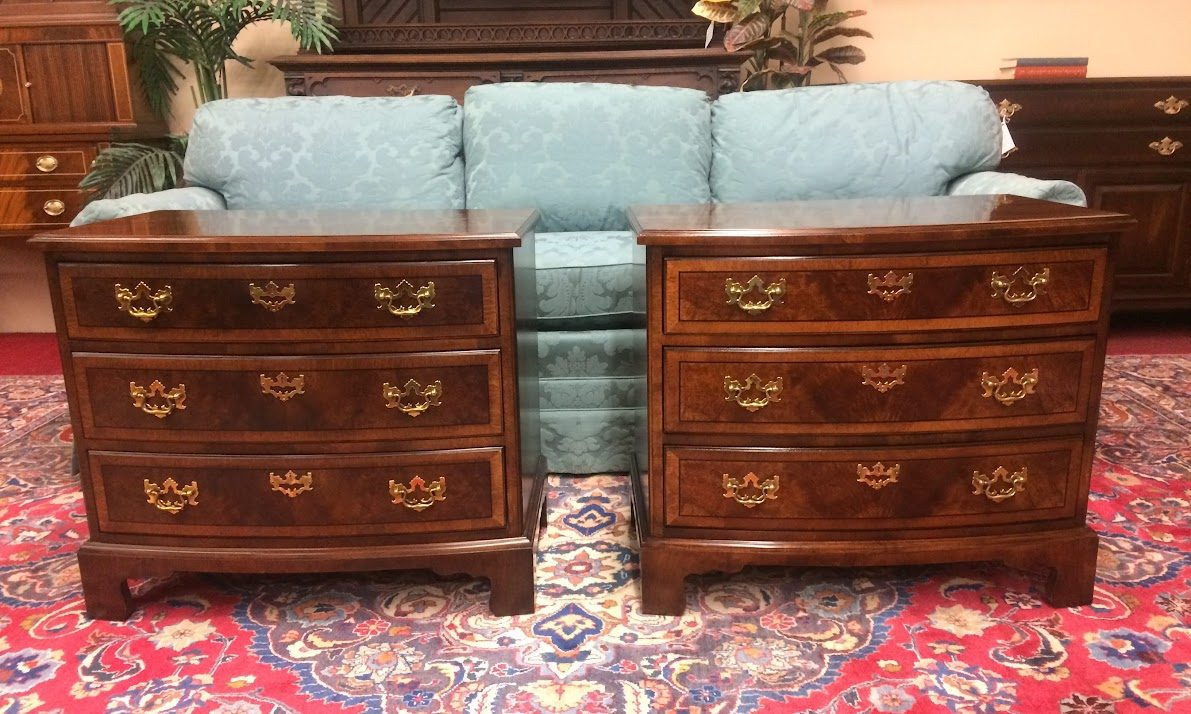
Furniture is not just a functional commodity, but also an expression of personal taste and style. Over the centuries, furniture design has undergone significant transformation, adapting to changing tastes and times. In this blog post, we will explore the most popular furniture styles and their unique characteristics.
The Classical Style
The Classical Style, also known as Neoclassicism, emerged in the late 18th century. This style was influenced by the art and architecture of ancient Greece and Rome. Furniture pieces in this style were characterized by clean lines, symmetry, and simple ornamentation. Chairs, sofas, and tables were made of wood and often featured tapered legs with decorative details such as carved rosettes or acanthus leaves.
The Victorian Style
The Victorian Style, named after Queen Victoria, was popular in the mid to late 19th century. This style was characterized by ornate and elaborate designs, featuring heavy fabrics and intricate carvings. Chairs and sofas were often upholstered in floral or paisley patterns, while tables and cabinets featured intricate scrollwork and inlaid veneers.
The Art Nouveau Style
The Art Nouveau Style emerged in the late 19th century and was influenced by nature and organic forms. This style was characterized by flowing lines, asymmetry, and intricate floral and plant motifs. Furniture pieces in this style featured curved lines and shapes, with intricate carvings and inlays. Materials such as mahogany, walnut, and ebony were often used, as well as stained glass and metalwork.
The Art Deco Style
The Art Deco Style emerged in the 1920s and 1930s, characterized by geometric shapes, bold colors, and sleek lines. Furniture pieces in this style were often made of materials such as chrome, glass, and lacquered wood. Sofas and chairs featured streamlined designs, while tables and cabinets were often embellished with geometric patterns and inlays.
The Mid-Century Modern Style
The Mid-Century Modern Style emerged in the 1950s and 1960s, characterized by clean lines, simple forms, and a focus on function over form. Furniture pieces in this style were often made of materials such as molded plastic, plywood, and metal. Chairs and sofas featured simple, geometric shapes, while tables and cabinets were often made with straight lines and minimal ornamentation.
Conclusion:
Furniture styles have evolved over the centuries, each one unique in its own way. Understanding the characteristics of each style can help you choose pieces that fit your personal taste and style. Whether you prefer the classical elegance of the Neoclassical style or the bold, geometric shapes of the Art Deco style, there is a furniture style out there that is perfect for you.
